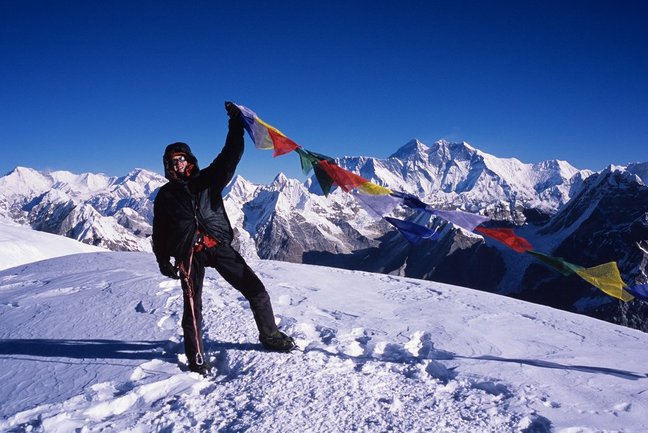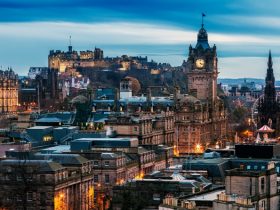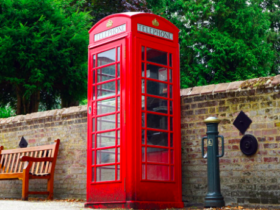MeraPeak and Island Peak (also known as ImjaTse) are both very popular and sought after peaks in Everest region of Nepal. They are ideal for people with moderate climbing experience and also for those seeking to acclimatize and prepare themselves in their journey of expeditions above 8000 meters. Both Mera Peak (6476 m) and Island Peak (6189 m) have been termed as trekking peaks by Nepal Mountaineering Association. Some climbers prefer the package tour of climbing both these peaks together and also sometimes as an additional part of Everest Base Camp trek. However because of limited time, limited budget, and other constraints most people are able to select only one of them as their summit especially if they are mountain trekking for the first time.
This article can help you decide on which would be the suitable peak for you to climb. As much as both the peaks are an alluring experience on their own, some key differences lie on your possible decision points.
1. Technical Aspects and Difficulty
Both Mera Peak and Island Peak are over 6000 meters. Although Island Peak is shorter by 300 meters, it is more difficult technically for it has plenty of steep slopes to climb; and it can get very challenging near the apex. In fact, some trekkers return without being able to climb the summit. It is recommended that the trekkers have prior experience in peak climbing with a moderately difficult international climbing grade. At the same time it is necessary to also have prior experience of abseiling to overcome the steep ice wall near its apex.
Mera Peak, on the other hand, has longer walking hours and therefore the trip can be exhausting. It does not have very steep slopes during the trek and is ideal for first-timers because prior experience in mountain climbing is advised but not compulsory. However, because of its length, it is recommended that trekkers build on their stamina well before the ascent. It is also advised that the trekkers have prior knowledge in use of ice-axe and crampons. Mera Peak climb due to its longer duration has more expedition feel than Island Peak climb.
2. Landscape and Panoramic Views
Compared to Island Peak, Mera Peak provides you more wild and diverse views. It is the highest permitted trekking peak in Nepal. The summit of Mera promises to feast your eyes with glaciers, snow-lakes, classic snow ridges, and not to mention the panoramic view of five of highest mountain-peaks of the world (Mt. Everest, Mt. Makalu, Mt. Cho Oyu, Mt. Lhotse, Mt. Kanchenjunga all above 8000 m). Island Peak offers its own set of diversity along with the view of four highest mountain peaks (Mt. Makalu, Mt. Lhotse, Mt. Everest and Mt. Cho Oyu all above 8000 m) from its summit.
3. Budget and Time:
Mera Peak Climb is slightly longer in duration than Island Peak climb (with difference of about four to five days) and that is why its cost is slightly more than the latter. Most trekking agencies in Nepal charge around $100 to $150 more for Mera Peak climb. Other than that since the route and itinerary is almost 60 to 75% similar, budget and time for both the peaks are similar with only small addition. The entire Mera Peak climb (excluding flights) will take around 18 days while Island Peak trek-trip will take around 14 days.
























